Brothers Clinton and Carl Galloway realized the power of cable television early on. In the 1980s, they tried to bring the service to south central Los Angeles, an area in desperate need of information.
But when the budding entrepreneurs presented the idea to City Hall, the Galloways say they encountered a pay-to-play system consumed by personal greed rather than civic empowerment.
Clinton Galloway’s new book, “Anatomy of a Hustle: Cable Comes to South Central LA,’ documents the brothers’ story. ARN host Omar Shamout spoke with him to find out more.
Listen to the audio interview with Clinton Galloway
Galloway will be signing copies of the book at Leimert Park’s Eso Won Bookstore on April 25th at 7pm.










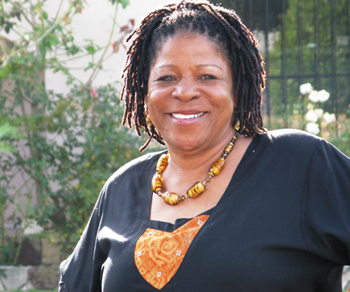 Susan Burton is the founder and executive director of the “
Susan Burton is the founder and executive director of the “
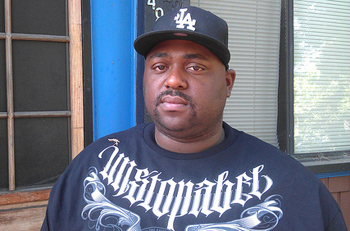 These days, 33-year-old Monte Cullors mentors young gang members, but 15 years ago, he was one.
These days, 33-year-old Monte Cullors mentors young gang members, but 15 years ago, he was one. Street vendors hawking fresh fruit and tamales from push carts are as much a part of LA as sunshine and beaches. But it’s actually a misdemeanor to sell food, or anything for that matter, on public sidewalks.
Street vendors hawking fresh fruit and tamales from push carts are as much a part of LA as sunshine and beaches. But it’s actually a misdemeanor to sell food, or anything for that matter, on public sidewalks.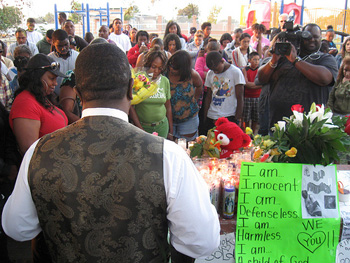 Patrick Caruthers’s pastor leads a prayer at the start of a candlelit vigil on September 26, 2012.
Patrick Caruthers’s pastor leads a prayer at the start of a candlelit vigil on September 26, 2012. Volunteers help build a baseball field at Denker Recreation Center.
Volunteers help build a baseball field at Denker Recreation Center.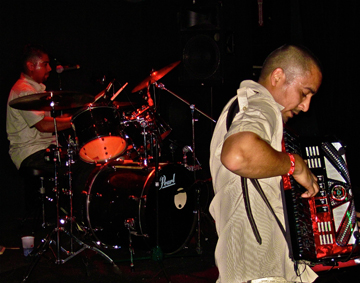 From a back alley in Wilmington, illuminated by the twinkling lights of the nearby oil refinery, the sounds of the Mexican-drug war come alive on a windy Wednesday evening — not through gun shots, police sirens or the wailing of widowed mothers — but through song.
From a back alley in Wilmington, illuminated by the twinkling lights of the nearby oil refinery, the sounds of the Mexican-drug war come alive on a windy Wednesday evening — not through gun shots, police sirens or the wailing of widowed mothers — but through song.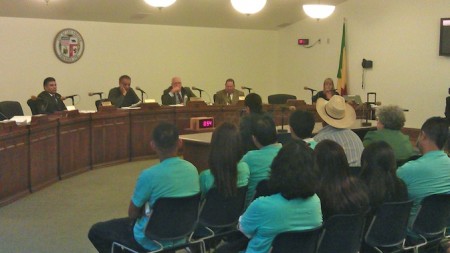 In a 4-0 vote, the Los Angeles City Budget and Finance Committee approved Councilwoman Jan Perry’s request to make changes in a land deal that would release a developer from allocating land for a park. It’s now up to the L.A. City Council to make a final decision on the future of that land.
In a 4-0 vote, the Los Angeles City Budget and Finance Committee approved Councilwoman Jan Perry’s request to make changes in a land deal that would release a developer from allocating land for a park. It’s now up to the L.A. City Council to make a final decision on the future of that land.




